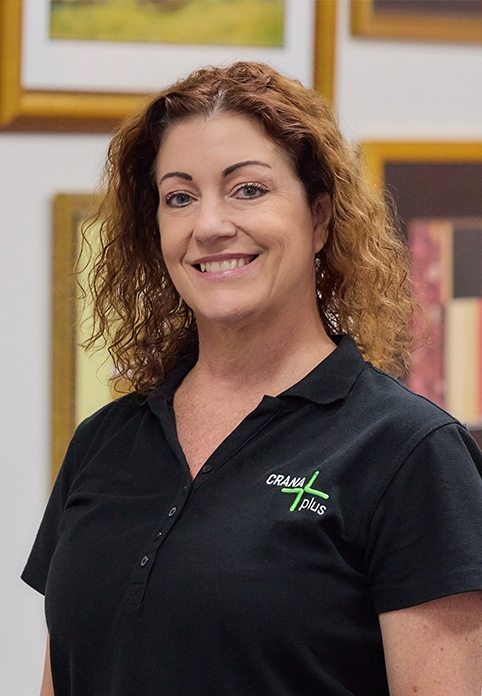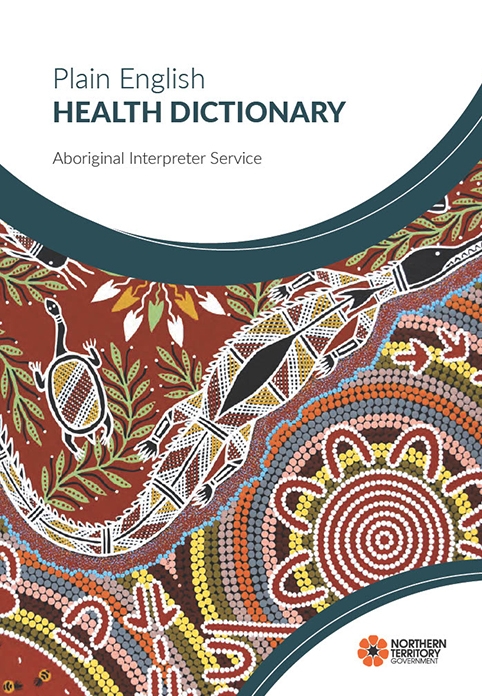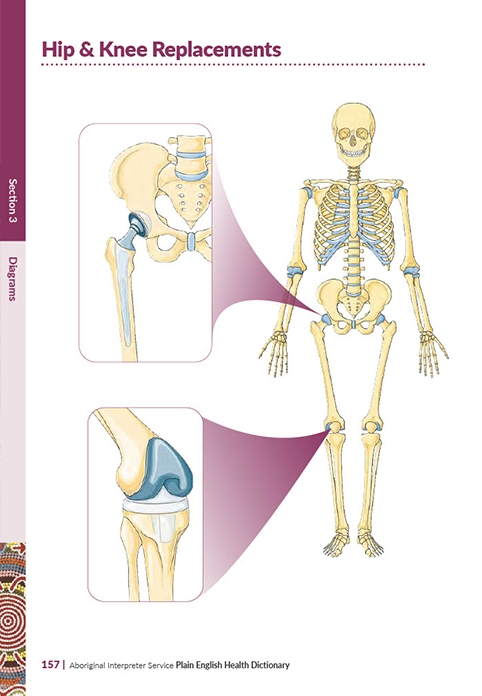This site may not work properly using older versions of Edge and Internet Explorer. You should upgrade your browser to the latest Chrome, Firefox, Edge, Safari, or any other modern browser of your choice. Click here for more information.
Your Stories
This is where we tell your stories, cover topical issues and promote meaningful initiatives.
Standing together for change: Lessons from Alice Springs
Stories have the power to heal, connect, and transform healthcare delivery. This truth resonated throughout the fourth biennial First Nations Health Communication Symposium in Alice Springs this August. CRANAplus Clinical Education Manager Shannan Lewis shares insights from the event’s focus on improving health outcomes through better communication.
The symposium’s theme, ‘Stories that matter: reflecting and collaborating for change’, drew leaders, health professionals, researchers, interpreters, and community advocates together to address pressing gaps in health communication. Presentation topics centred around communication practices in Central Australia, culturally safe conversations in clinical practice, language and meaning in health communication, and cultural safety in the medical curriculum and professional development.
Many sessions emphasised the importance of acknowledging the ongoing injustices and suffering experienced by First Peoples, as well as the urgent need for honest dialogue and truth-telling. These conversations are essential to raising awareness about the historical events that have shaped current health disparities and the complexities surrounding the concept of ‘closing the gap’, a phrase that is often used without fully appreciating its depth and implications.
Keynote speaker Carol Christophersen delivered a deeply moving address on her work repatriating ancestral remains that had been stolen from local lands and relocated to the UK.
The enduring impacts of historical practices committed in the name of Western science continue to cause ongoing trauma for individuals and communities. Christophersen’s presentation, rich with photographs, reflections, and emotional insights, highlighted the long-lasting effects of these historical atrocities.
Another standout presentation focused on the vital role of interpreter services in health communication, featuring the Plain English Health Dictionary developed for Aboriginal Interpreter Services (AIS) in the Northern Territory. While this resource was designed for interpreters, the presentation highlighted that it is also a valuable tool for anyone seeking to communicate more effectively with Aboriginal and/or Torres Strait Islander people in healthcare settings. The free, downloadable resource translates medical English into plain English and aligns closely with the lexicon, syntax, and discourse of Aboriginal languages.
It includes illustrations of body parts and medical equipment to support clearer understanding during consultations, addressing communication barriers that can have serious health consequences.
Sally Sena, independent contractor and former Aboriginal Liaison Officer, and Emily Armstrong from the Northern Institute, presented research on culturally congruent processes for collecting patient stories from speakers of Aboriginal languages in Central Australia. Their work, part of research led by Anne Lowell and Robyn Aitken titled ‘Exploring and improving processes for speakers of Aboriginal languages to influence the safety and quality of their health care (EQuaLS)’ revealed major communication failures with serious health consequences. Even for people who speak English as a first language, their research demonstrated significant miscommunication. Improving communication between healthcare staff and Aboriginal patients is a crucial element in closing the gap in health outcomes and achieving cultural safety in health care.
The symposium reinforced that improving First Peoples’ healthcare experiences requires more than policy or training modules.
Speakers called for ongoing commitment from health workers to build trust and work collaboratively with First Peoples, both individuals and communities, to create meaningful change.
Helen Guyupul Wunungmurra emphasised the collaborative approach needed for meaningful change, powerfully stating, “Stand up and walk together. Be with them, walk with them – to make them feel comfortable.”
The symposium’s powerful message – that effective health communication requires walking together, not just talking about collaboration – reinforces CRANAplus’ commitment to meaningful cultural safety in our education.
While CRANAplus already embeds cultural safety principles throughout our programs and recommends participants also complete the Murra Mullangari: Introduction to Cultural Safety program through CATSINaM, the symposium’s insights will further inform and inspire our educational approaches as we continue to develop and improve our education, to ensure rural and remote clinicians are skilled to provide safe and accessible health care for First Peoples communities.
Download the free Plain English Health Dictionary resource here.


